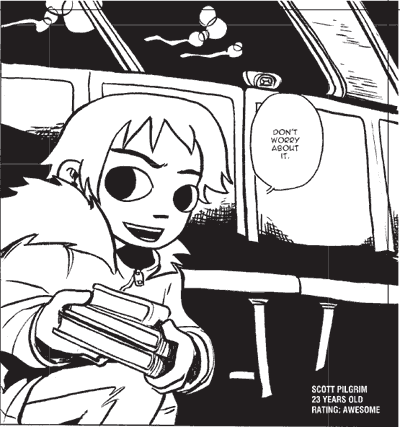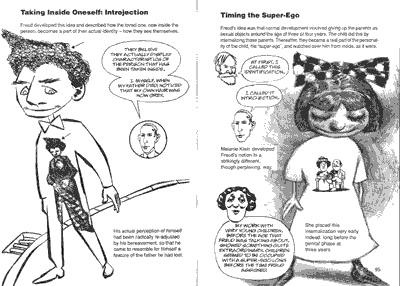The Manchurian Candidates 2: Corporations
Part two of a two(?)-part post. See The Manchurian Candidates 1: Communists. Yesterday was John Frankenheimer’s 1962 The Manchurian Candidate, today is Jonathan Demme’s 2004 version.
First of all, a question. Does anybody know what year the new movie takes place? Rose is convinced she saw a “2008″ somewhere in the movie, but I did not and assumed the year was 2004. When the events of the movie occur is important. The 1962 Candidate is set in 1956, making it alternate history. It’s not about what is happening or what will happen, but about what might have happened. The movie’s concern is not paranoid speculation about Communist plots, but criticism of that paranoia.
I wrote yesterday that the movie validates McCarthyist fear even as it criticizes it—except that the validation is subverted by the fact that the object of fear is created through manipulation of fear. The alternate history further subverts. If the movie were set in the future, there would be room for speculation as to the possibility of a real Communist plot. But set in the past (or the present time, creating an alternate present), the movie explicitly discourages such speculation by emphasizing the fictionality of the threat. You can still speculate about possible Communist plots, certainly, but the alternate history is a subtle warning that speculation isn’t the point.
The 1962 Candidate, set in 1956, is about a Communist conspiracy that manipulates anti-Commie fear to turn a fictional threat of Commie infiltration into a real threat. The 2004 Candidate is about a plot to manipulate fear that’s going on now, in the real world. The United States government is manipulating public fear and insecurity, for good or ill, to promote the War on Terror(ism). (This isn’t a new tactic for the governments—in fact, it’s exactly what Senator McCarthy was doing.) If the movie is set in 2004, it’s metaphorically about that manipulation of fear. If it’s set in 2008, it enters the scary realm of possibility. The movie’s residence in the realm of implausibility does little to soften its speculative power. Rogue government officials and corporate officers are probably not going to be endorsing a science-fictional mind-controlled candidate in the 2008 elections—but people with power are capable of inventing, and have actually and will continue to invent, more viable and no less drastic conspiracies.
The modern equivalent of Commies would be Islamic terrorists (although planting sleepers in the White House isn’t really their style), but the new movie abandons the old movie’s specter of an outside threat. Terrorism is a constant present in the movie, but never a direct one. There are news reports of terrorist attacks, orange and red terror(ism) alerts, the familiar political debate of security against outsider terrorist vs. civil liberties for American citizens—but there are no terrorists or terrorist attacks. The terrorists are phantoms, much less substantial than the fear of terrorism. The old Candidate is resolutely anti-Communist even as it criticizes McCarthyism, but the new movie focuses its critique solely on current American political rhetoric. (An absence of anti-terrorist sentiment is not the same as implicit approval of terrorism.)
The older movie is at least a little optimistic, letting rationalism and democracy save the day as Ben Marco breaks his brainwashing and breaks out Raymond Shaw as well. It’s not a great victory for America—the government would probably have fallen to the Commies if not for Raymond’s desperate intervention—but it’s more than the new movie offers. Frank Sinatra’s Ben Marco is basically a good guy who seems to be going crazy for a while but manages to pull himself together and convince his Army superiors about the Commie conspiracy. Denzel Washington’s Ben seems to begin along the same trajectory, but he never pulls out of the descent into madness—he never manages to convince the Army, and most of the people who believe either disappear or turn out to be working for the other side. Delp seems to be Ben’s friend, but he used to work for Manchurian International making brain implants. And after Delp helps Ben recover his hidden memories, Delp disappears—did the conspiracy get rid of him, or was he working for them all along, Ben’s recovery of his memories merely part of their plan? Rosie seems to be helping Ben—but why is she helping? (More on Rosie below.) Ben seems to be the only character in the story definitely not in on the conspiracy—until that scene in the classroom on election day, when Raymond asks him why he never wondered if the conspiracy knew he was going to discover the truth. What if Ben’s discovery of the truth and attempts to convince people of it are only another part of the conspiracy’s byzantine plot? Frank Sinatra saved us from the Communists, but now there’s nobody to save us from ourselves.
The Rosie subplot in the new movie may be the most brilliant evocation of conspiracy-theory paranoia I’ve seen on film. Janet Leigh’s Rosie is intriguing and worrying, but Kimberly Elise’s is downright scary. This Rosie is definitely spying on Ben—she works for the FBI. She seems to be trying to protect him. Why? The obvious answer is that she was sent to keep an eye on him after the Army decided he was unstable and dangerous to Raymond, and that she gradually becomes convinced that Ben is right about the conspiracy and decides to help him defeat it or at least protect him from it. The Manchurian Candidate is the sort of movie that makes you distrust anything that can be described as the “obvious” answer, especially if the obvious answer makes somebody seem trustworthy. Rosie is as untrustworthy as any character in the movie, but the disturbing thing about her is that her allegiance is genuinely unknowable. Her actions make it look superficially like she’s working against the conspiracy or at least doesn’t know it exists—she never does anything that makes her obviously a conspirator. She never even does anything that might arouse suspicion. But she also never does anything that can’t be interpreted as benefiting the conspiracy. Why does she shoot but not kill Ben after he assassinates Raymond and Eleanor Shaw? Was it an panicked impulse reaction, or was she trying to make it look like he’d been killed? For whose benefit? Why does she erase all records of his being in the building where the assassination took place? Is she simply protecting him from the consequences of the murders he was brainwashed into committing (or hiding him from the remnants of the conspiracy), or is she covering up for the conspiracy? Who’s really in charge of the investigation of the secret brainwashing hospital at the end of the movie?
The new The Manchurian Candidate isn’t exactly pessimistic. It doesn’t preclude the older Candidate’s guardedly optimistic ending, but it doesn’t offer the luxury of security as the older movie does. After all, Eleanor Shaw is the movie’s foremost proponent of security.


